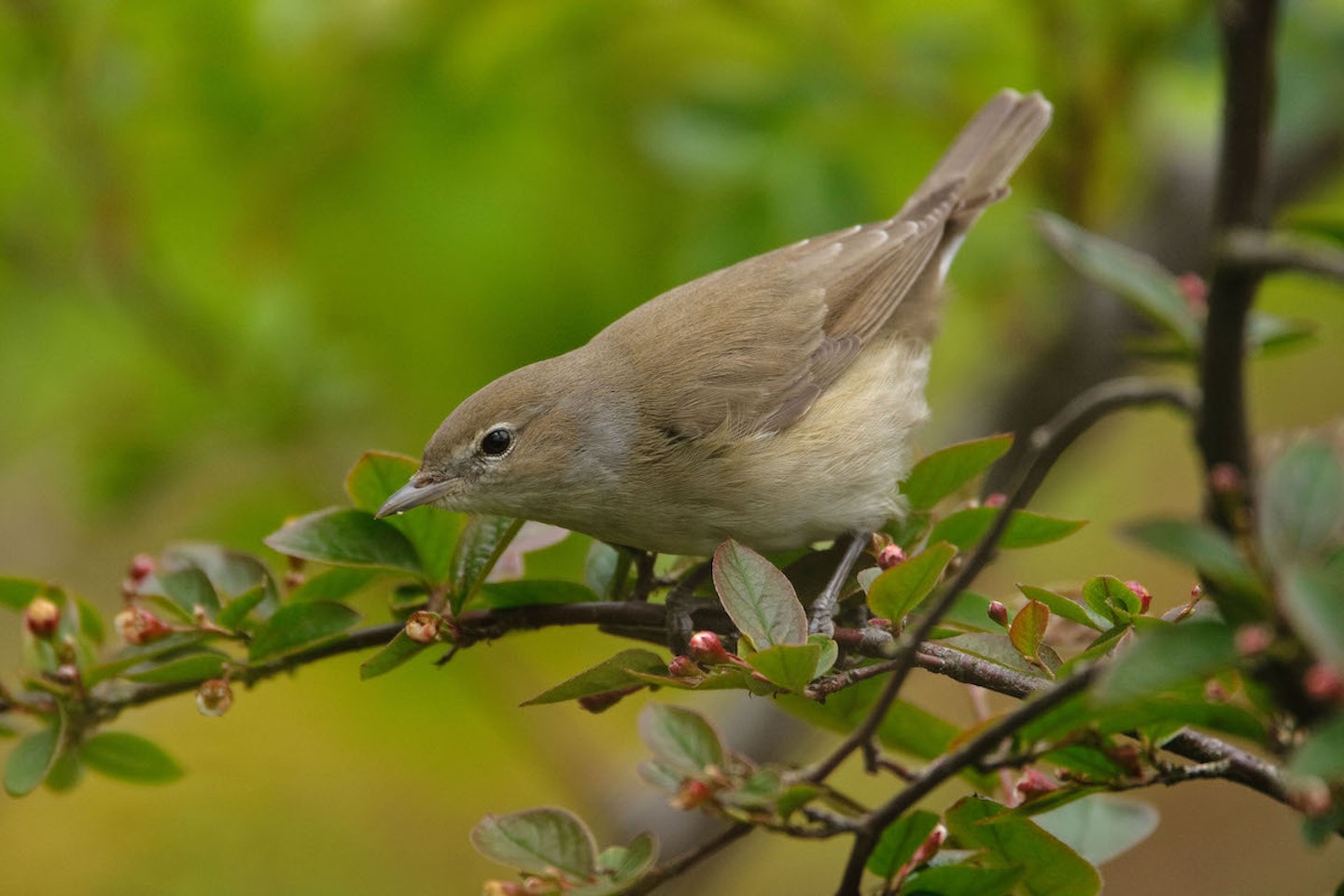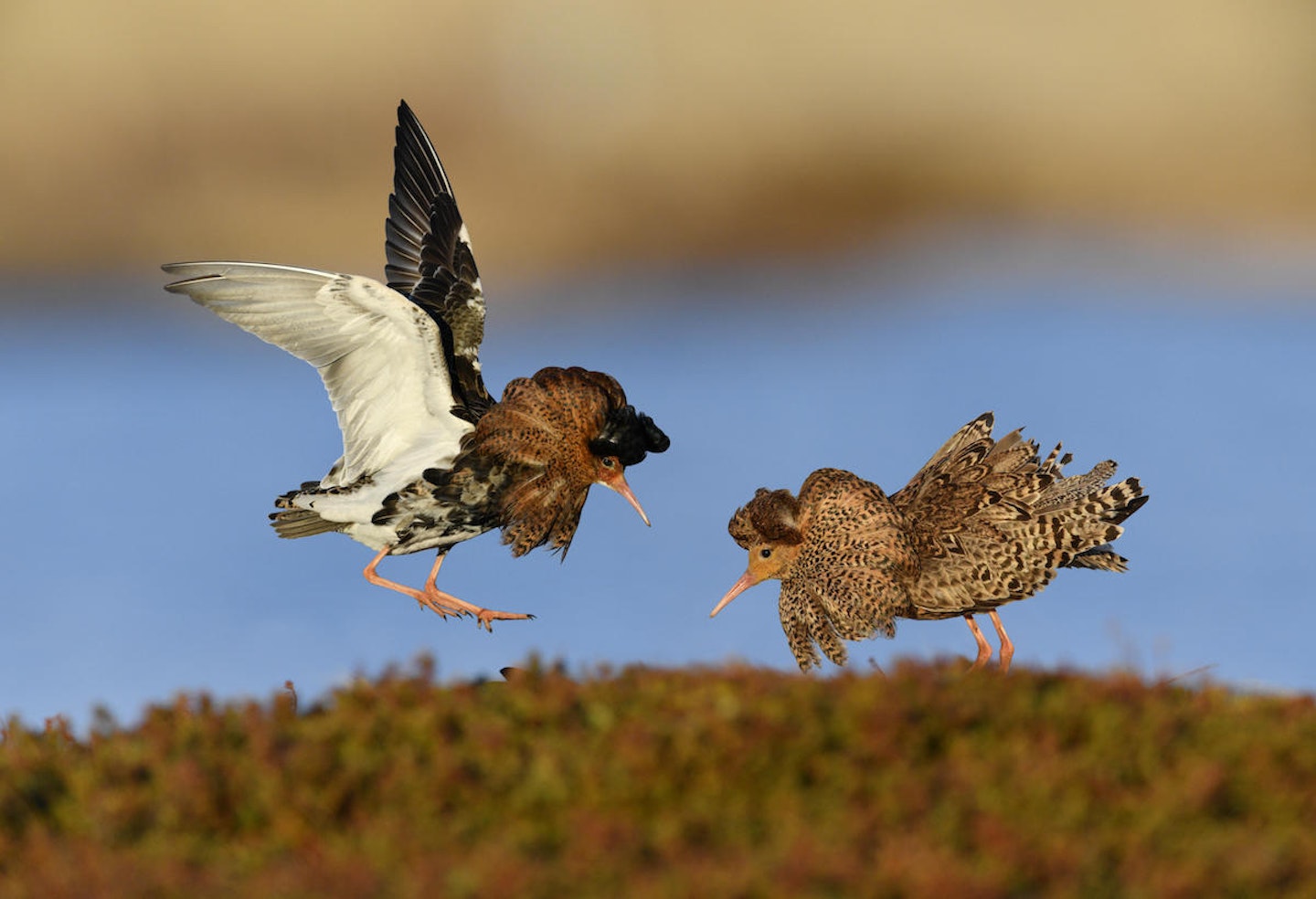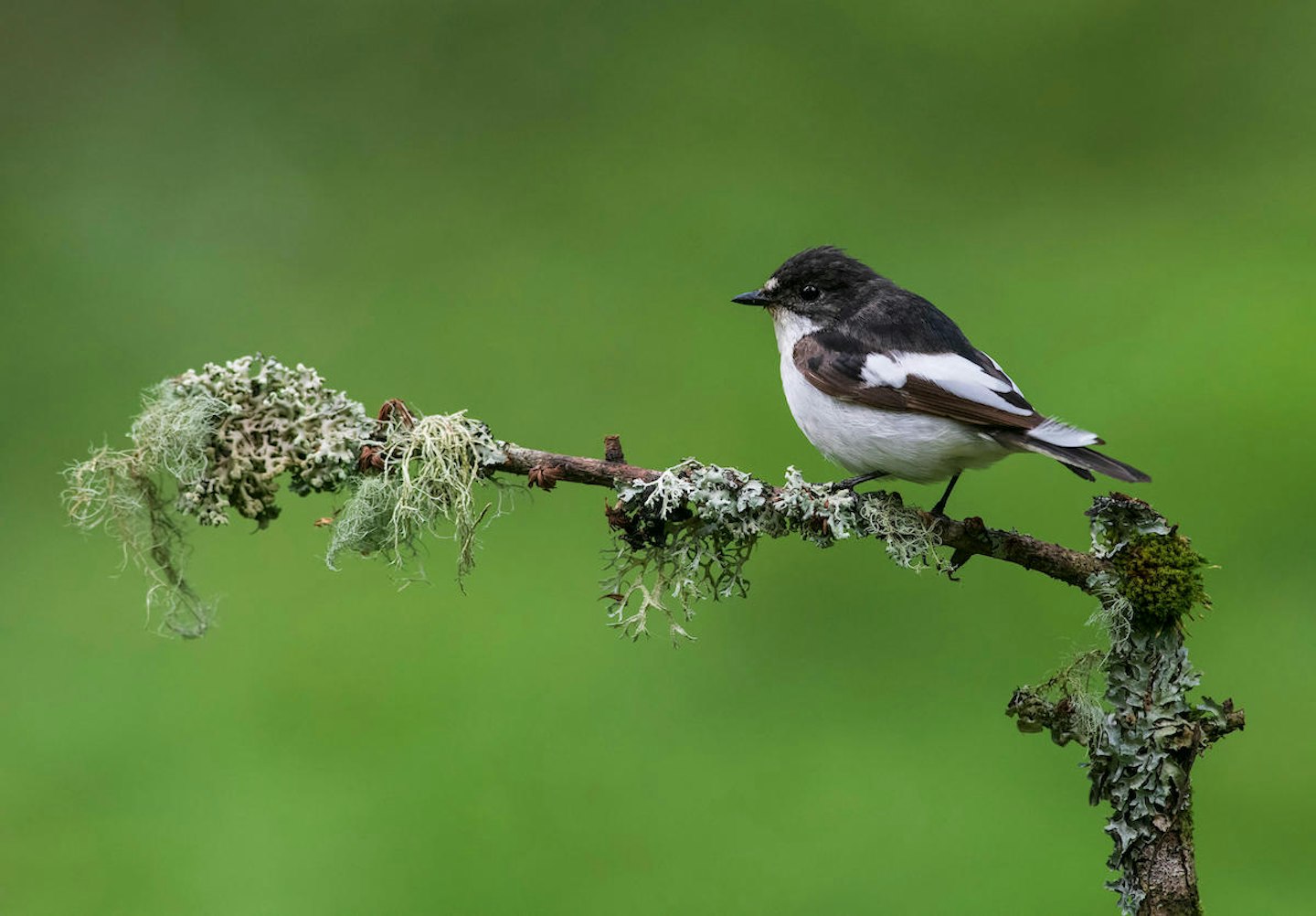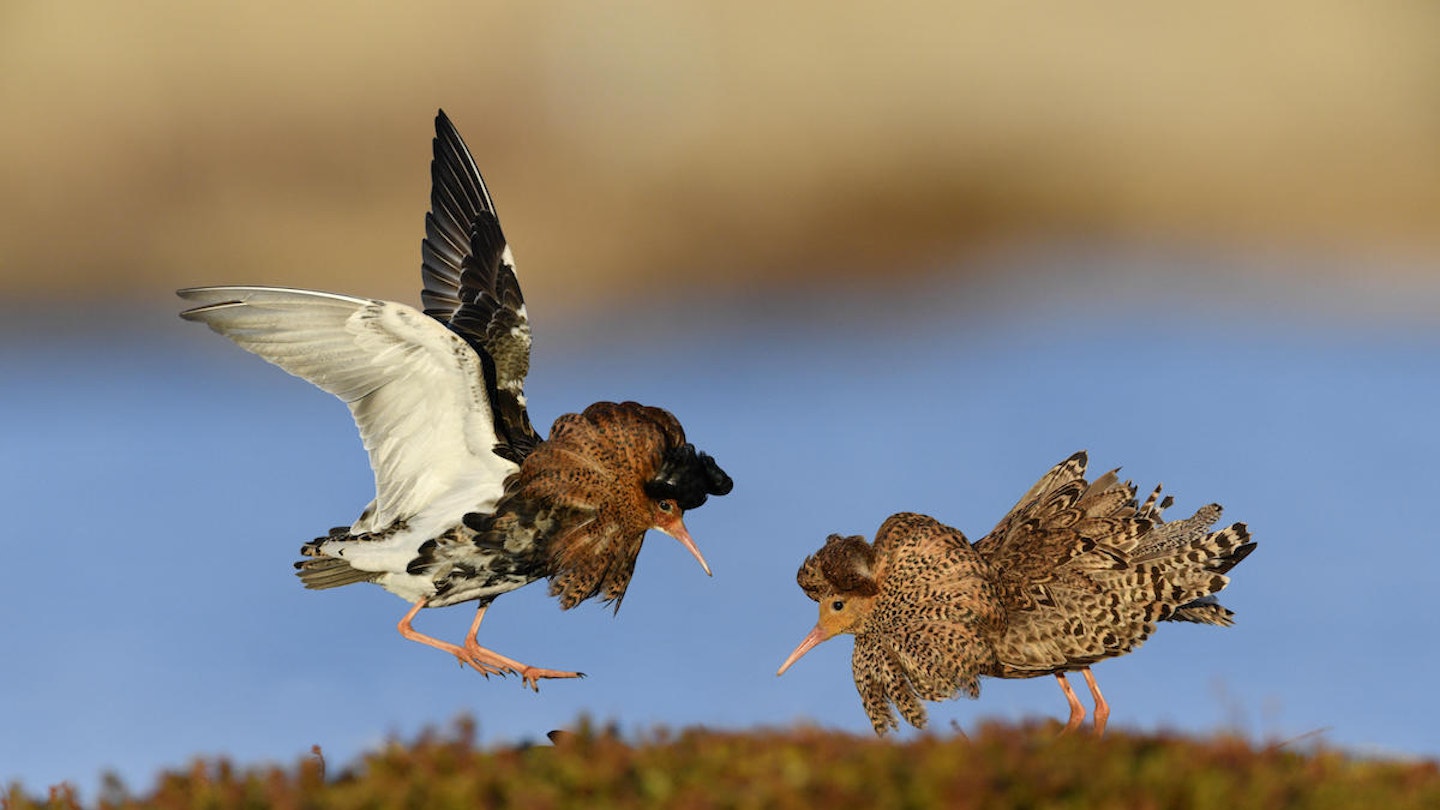Hooray, it’s May. Two (no, three!) bank holidays to enjoy the best that spring birding has to offer; what a month. Here are just a few of the very many great birds to enjoy this month.

Yellow Wagtail
Of our three regular wagtail species, the Grey and Pied are effectively resident birds, while the pretty Yellow Wagtail is a summer visitor. They start arriving in the first couple of weeks of April and by May are pretty well established particularly in low-lying country across east, south-east and central England. They are shorter tailed and so structurally more pipit like than the other species, and have olive-green upperparts and bright yellow underparts (brighter and yellower in males). Birds of open country, Yellow Wagtails breed in arable pastures and meadows etc, and will often be seen feeding near cattle and other livestock, in search of insects. Listen for the ‘psweep’ call of fly-over birds.

Garden Warbler
A curiously named bird, Garden Warblers are not classically birds of most of our gardens. They are shy birds of bushy and tree filled country, often remaining concealed even when they betray themselves with their gorgeous bubbling song, like an extend Blackcap song-phrase with Blackbird tones and lacking the harsh notes of that bird. If you do get to see one, they stand out by their lack of clear ID features! The eye is dark and beady, the bill short and thick and the rest is grey brown (with a bit of extra grey for good measure on the side of the neck).

Shoveler
We are always banging on about how beautiful ducks are. Beautiful is perhaps not the first adjective that comes to mind when you look at a Shoveler, but these are sensational looking birds! Weirdly out of proportion with that massive bill (in both females and drakes) and short neck, the drakes in particular have a very handsome combination of colours to compensate somewhat for the shape… Of course, that huge spatulate bill is not used to ‘shovel’ in any sense, but is closer functionally to the jaw of a baleen whale, being the home to a deeply and finely serrated edge which sieves out food particles from the water column (usually near the surface). ‘Siever’ doesn’t flow off the tongue like Shoveler, though. Enjoy Shovelers at their finest at this time of year, before the summer plumage doldrums of the ‘eclipse’ intermediate moulting plumage, when they go drab like every other duck. Shovelers are perhaps surprisingly scarce breeders with only 1,100 pairs spread out over the country.

Ruff
May is the best month to look at the quirky waders we call Ruffs (and Reeves, when talking about females). Not because they are common at this time of year, they are pretty scarce around now, but because it is only for a pretty short window that the males (the Ruffs) are dressed in their amazing, foppish neck and head gear ready for the display known as the ‘lek’. The colours of the elaborate head plums, extensive neck ‘ruff’ (for want of a better word) and even the face seem to be almost infinitely variable in colours and combinations. Ruff don’t really breed in the UK anymore (except perhaps sometimes in tiny numbers), but we do get them on passage in their finery during May. If you are very lucky you may even witness a group of males lekking (or at least practising for a ‘real’ lek on their continental breeding grounds)

Pied Flycatcher
One of our prettiest small birds, the male Pied Flycatcher is another bird at its absolute best in the spring. In the autumn, males, females and first-winters all look pretty similar in ‘fresh’ brown and buffy-white, but in spring, the crisp black-and-white males are wonderful looking birds (there is something special about pied birds, isn’t there?). These are classic breeders in the western woodlands of the UK, particularly in Wales, for example. They are scarce passage birds elsewhere, so your best bet is to visit one of the breeding woods to enjoy the song and nesting behaviour of this special bird.
